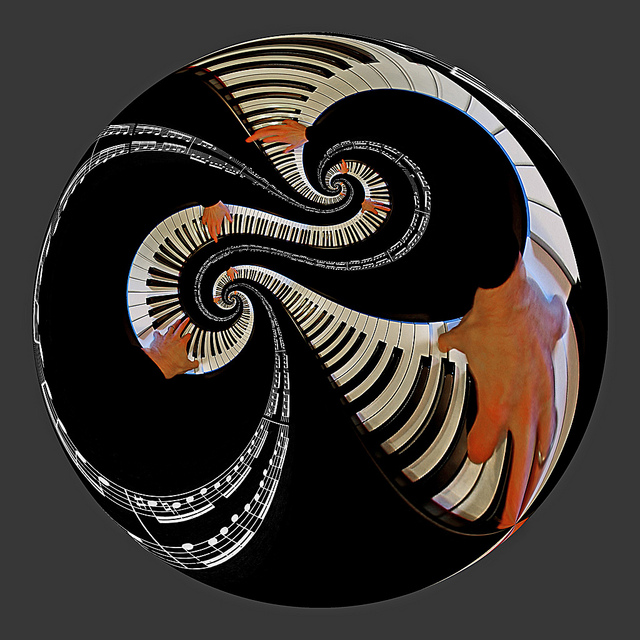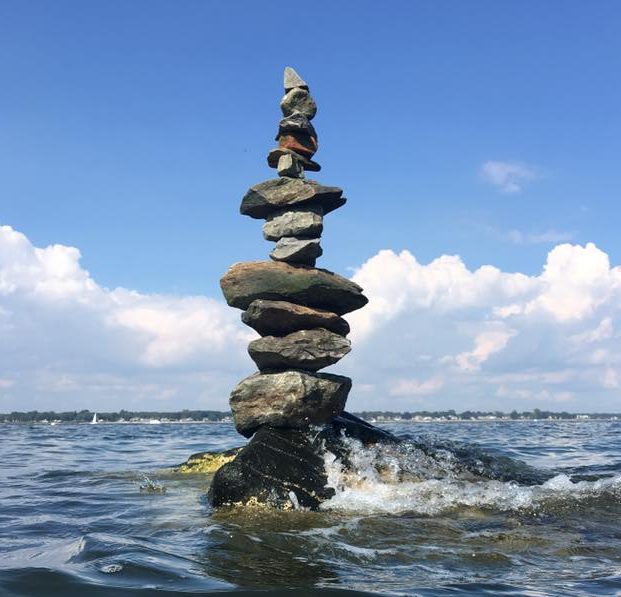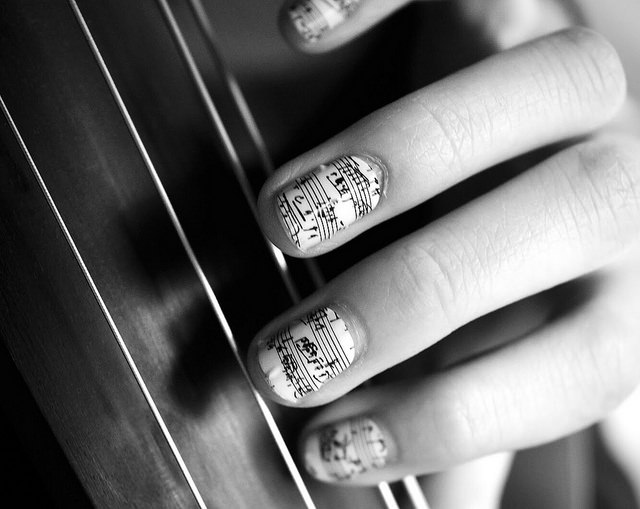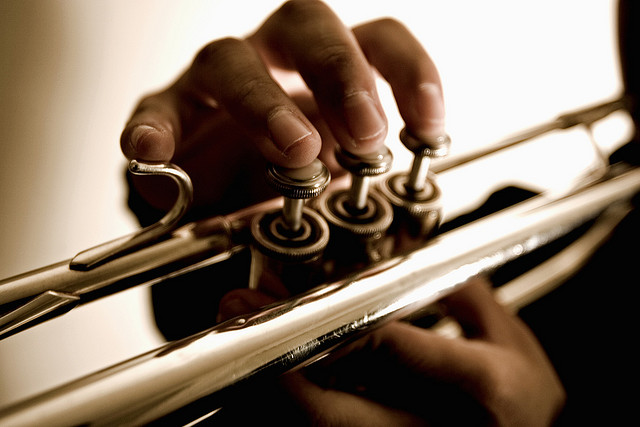Shuffle the deck: Scales becoming tunes #MUS654
Listening, and thinking on the way music creeps under your skin to make you move… I spent this week thinking on scales and their relationships as part of #MUS654 – of notes to notes, and yes, the relationships of the notes to people. Context can be everything and it can change so much. The way things are ordered, presented, and the way we look at them is important for how people attribute meaning.
For each type of musician, there are different physical parameters that influence the mechanical logistics of how we paint our sounds. Let me explain… in my last post I talked about how singers don’t use ‘fingerings’ for their notes. They have intense links between the conceptual understanding of what needs to be done to achieve a certain pitch and then they make the sound. There is no looking (down the throat!) to check they have the right positioning. Yes there are physical aspects of singing that can be seen – like mouth shape and torso placement/use, but there are unseen aspects and somehow there is a strong connection between the mind and the outcome.
Likewise for other instruments the mind is very important, but there is this pesky other bit that cannot be ignored… As a cellist, I work with my hands Read More »Shuffle the deck: Scales becoming tunes #MUS654







